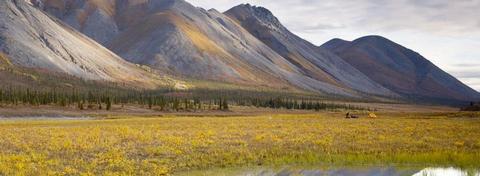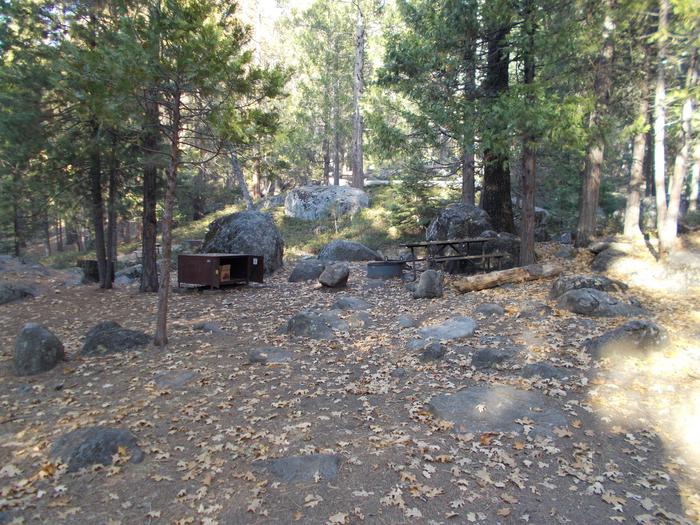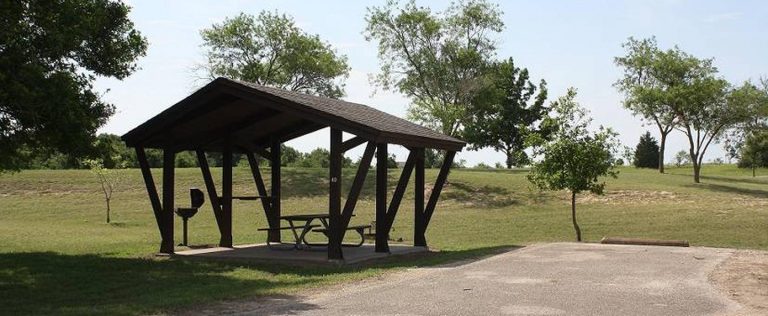Directions
Vast and wild, the Arctic Refuge remains roadless. Limited access is provided by the Dalton Highway (a gravel road) which passes the western tip of the refuge. The Arctic Refuge is a very remote area. Be prepared to handle any situation completely on your own. Most of the refuge is accessible only by aircraft. From Fairbanks, many visitors take a commercial flight to Fort Yukon, Arctic Village, Deadhorse or Kaktovik, and charter a smaller bush plane into the refuge from there. For air taxi information visit http://arctic.fws.gov/airtaxi.html
Phone
907-456-0250 and 800-362-4546
Activities
BOATING, CAMPING, INTERPRETIVE PROGRAMS, FISHING, HIKING, HUNTING, WILDLIFE VIEWING, WILDERNESS, PHOTOGRAPHY, PADDLING
Camping Reservations
Reserve your campsite at these camping areas:
Hiking Trails
Looking for nice hiking areas to take a hike? Choose from these scenic hiking trails:
Related Link(s)
Arctic National Wildlife Refuge
Renowned for its wildlife, Arctic Refuge is inhabited by 45 species of land and marine mammals, ranging from the pygmy shrew to the bowhead whale. Best known are the polar, grizzly, and black bear; wolf, wolverine, Dall sheep, moose, muskox, and the animal that has come to symbolize the area’s wildness, the free-roaming caribou. Thirty-six species of fish occur in Arctic Refuge waters, and 180 species of birds have been observed on the refuge. Eight million acres of the Arctic Refuge are designated Wilderness, and three rivers (Sheenjek, Wind, and Ivishak) are designated Wild Rivers. Two areas of the refuge are designated Research Natural Areas. Because of distinctive scenic and scientific features, several rivers, valleys, canyons, lakes, and a rock mesa have been recommended as National Natural Landmarks. Perhaps the most unique feature of the refuge is that large-scale ecological and evolutionary processes continue here, free of human control or manipulation. A prominent reason for establishment of the Arctic Refuge was the fact that this single protected area encompasses an unbroken continuum of arctic and subarctic ecosystems. Here, one can traverse the boreal forest of the Porcupine River plateau, wander north up the rolling tiaga uplands, cross the rugged, glacier-capped Brooks Range, and follow any number of rivers across the tundra coastal plain to the lagoons, estuaries, and barrier islands of the Beaufort Seas coast, all without encountering an artifact of civilization. The refuge encompasses the traditional homelands and subsistence areas of Inupiaq Eskimos of the arctic coast and the Athabascan Indians of the interior.





